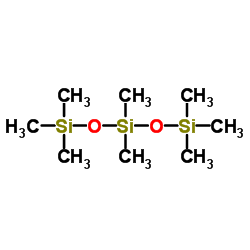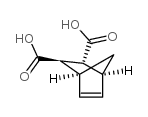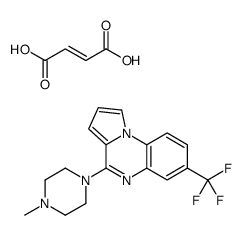| Structure | Name/CAS No. | Articles |
|---|---|---|
 |
Octamethyltrisiloxane
CAS:107-51-7 |
|
 |
Hexamethyldisiloxane
CAS:107-46-0 |
|
 |
Hydrocortisone
CAS:50-23-7 |
|
 |
5-norbornene-endo-3-exo-dicarboxylic acid
CAS:1200-88-0 |
|
 |
CGS-12066 maleate
CAS:1350965-83-1 |